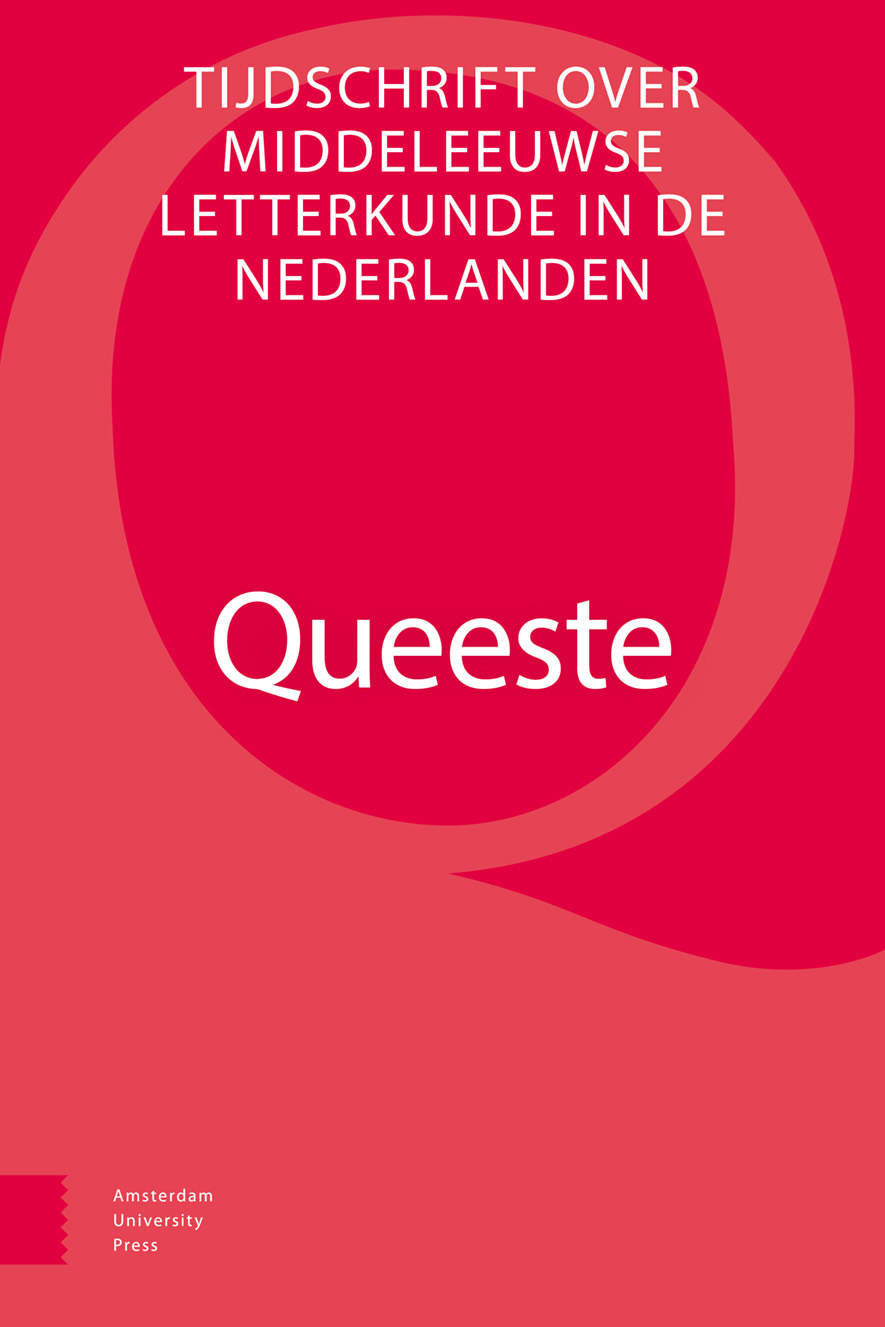-
oa Brabant, Holland, and Confession in the Cent Nouvelles nouvelles
Regional Stereotypes and Proverbial Commonplaces
- Amsterdam University Press
- Source: Queeste, Volume 28, Issue 1, Dec 2021, p. 96 - 116
Abstract
Most of the tales of the Burgundian Cent Nouvelles nouvelles have an identifiable origin in a European anecdote culture but have been repurposed with a Burgundian setting to fit the collection. Examining tales set in Holland and Brabant reveals that, while Holland is presented as ‘other’ from the male aristocratic society of the Burgundian ducal court, Brabant is treated as local, even where tales with similar themes are set in both regions.
© Catherine Emerson
Keyword(s):
Brabant;
Burgundian Netherlands;
Cent Nouvelles nouvelles;
confession motif;
European anecdote culture;
Holland;
Jean de Lannoy;
Philippe Pot;
proverbs


